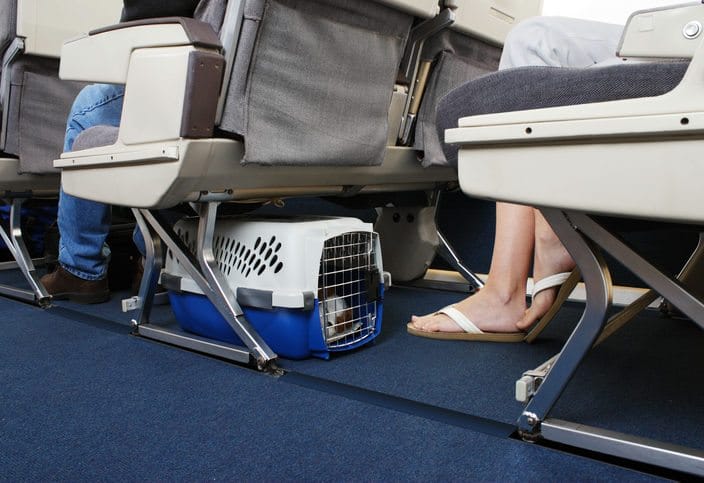 Photo: Getty
Photo: Getty Allergic Living shares expert tips for managing multiple food allergies at school. See the related feature: When A Child Goes to School with Multiple Food Allergies.
Food in the Classroom
“This causes the most issues, socially and emotionally,” says Gina Mennett Lee, a former teacher who works as a food allergy consultant to families and schools. Ideally, unless it’s a small school where lunch must be eaten in the classroom, the allergens of students in that class should be kept out of the classroom.
For example, the CDC’s voluntary guidelines for managing food allergies at schools say to avoid the use of identified allergens in classroom materials, parties and rewards. Sometimes, keeping the classroom completely free of food is the best way to accomplish this.
But if food will be present, it should not contain any of the child’s allergens. That way, he or she can feel comfortable in the classroom and participate like the other kids.
“I would like to see a move toward food-free classrooms as much as possible, says Mennett Lee. Having been a teacher, I just don’t think it’s necessary to have food in the classroom in order to teach subjects.”
Cafeteria Practices
What works best in a cafeteria is going to depend on the age of the child and the allergens. Generally, students with many food allergies bring their lunch, as it’s too challenging to find safe food at the cafeteria, even if the kitchen staff have allergy training.
While peanut-free tables are helpful for those with a peanut allergy, they are less relevant when a student has many allergies. It doesn’t mean that the school shouldn’t have one, necessarily. It just might not be the best place for every allergic child. “That’s why you need to have those accommodation meetings and talk about it,” says Mennett Lee.
Many families pack placemats or paper towels for kids to put their food on. As well, some students prefer an empty seat beside them on each side, or a couple of trusted friends next to them. “It’s something that needs to be discussed and individualized,” she says.
Tips for Food Allergies in School: the 504
Regardless of the level of policy and practices at the school, all students should have some type of individualized food allergy management plan. In the United States, these are often “504 plans,” which refers to the section of the Rehabilitation Act that prohibits discrimination on the basis of disability in a public school. A child’s food allergies will often fall under this provision.
If you’re not in a U.S. public school, there should still be a written plan that documents the child’s allergies, outlines steps to prevent exposure and discusses the plan for emergency treatment.
Emergency Preparedness
Mistakes can happen, and that’s when you want to know that teachers and other staff know what to do. Boston allergist Dr. Michael Pistiner says this awareness has gotten better in recent years. This is particularly so in schools that keep stock epinephrine. Pistiner notes that stock epinephrine laws usually require training on symptoms and giving epinephrine.
If your school is lacking in this area, Mennett Lee says there are many free online training resources that teachers, for example, can take advantage of. Parents often also provide training to the schools on what a reaction looks like in their child, and how to treat it.
Related Reading:
When a Child Goes to School with Multiple Allergies
Food Allergies and the Cafeteria – Inclusive Options
Allergy Mom’s Advice on: Getting What You Need in a 504 Plan
Food Allergies at School – Steps to Ensure Your Child is Included
Families Spill on Life with Milk Allergy





